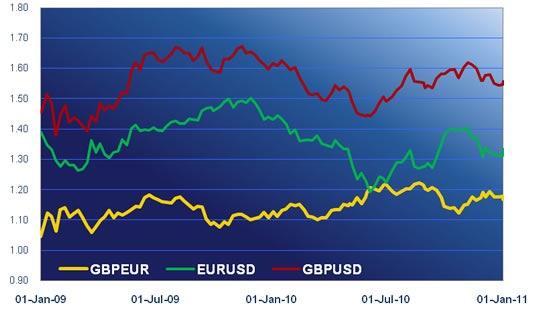– And disappointing mortgage approvals number
– Australian inflation data tonight
Good morning. Richard “Gare” Lochhead, Rural Affairs Secretary to the Scottish parliament, is trying to rehabilitate haggis in the United States. It has been banned there for 40 years because it includes sheep lungs. Mr Lochhead has invited a delegation of American politicians to Scotland. He hopes to persuade them that sheep’s lungs are at least as healthy as the one-assault-rifle-per-child policy espoused by congress.
As for the health of Britain’s economy, investors will have to wait until tomorrow for the first take on fourth quarter gross domestic product (GDP). Best guess at the moment is that the economy grew by 0.5% in Q4, a slower pace than the 0.7% recorded in Q3. That, at least, is the consensus among forecasters. Expectations among investors might be more modest than that following Friday’s exceedingly disappointing figures for retail sales in December. Sales were down by -0.8% on the month and flat on the year. The numbers were considerably worse than the -0.1% slippage predicted by economists and coincided with another poor figure for mortgage approvals. Unusually, investors failed to punish sterling for the miserable statistics. It is not clear why they did not but let’s guess that one of the reasons was their recent and personal memory of diabolical weather that was bound to have had a negative effect on footfall and turnover in the retail trade.
Another reason was that there had been selling ahead of the announcement. The result was that sterling rebounded almost immediately the data came out and went on to enjoy a comfortable day. It added about half a cent against the US dollar and gained a little ground against the yen. Against most other currencies it was steady, only falling back by a fraction against the euro and the Swiss franc. Compared with the Canadian dollar it is unchanged, despite a healthy 1.3% increase in Canada’s November retail sales.
Beyond the two retail sales figures there was not much on Friday to encourage trading activity. And there will not be a whole lot more today. Australian producer prices went up more slowly than expected in Q4 with a quarterly increase of just 0.1% and an annual 2.7% rise. The Aussie dollar fluttered briefly before recovering its poise. From Europe this morning come the provisional purchasing managers’ indices (PMIs) for manufacturing and services, closely followed by November’s industrial new orders. And that’s the lot until tonight when Australia publishes the Conference Board’s leading index and fourth quarter inflation. In the year to December the consumer price index is predicted to have risen by 3.0% and the “trimmed mean”, the Reserve Bank of Australia’s favoured inflationary barometer, by 2.6%.
With so little on today’s agenda there is no reason to expect savage currency movements.






